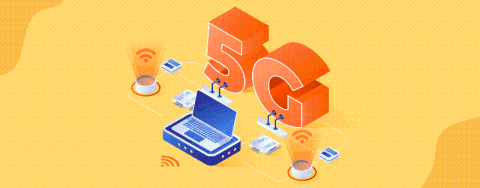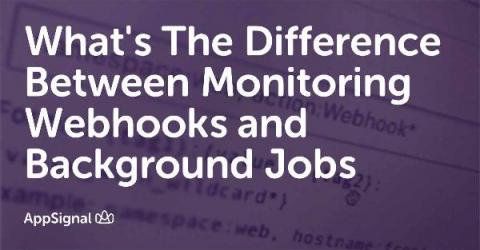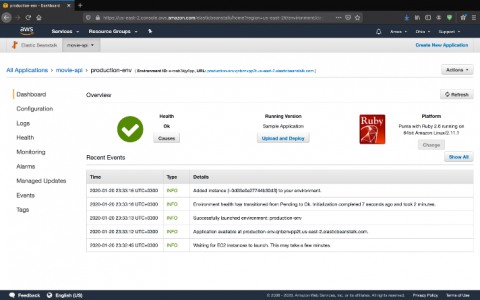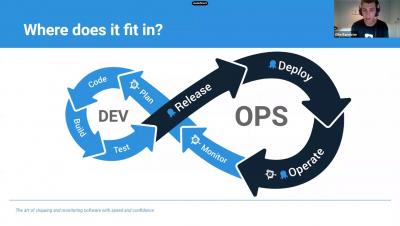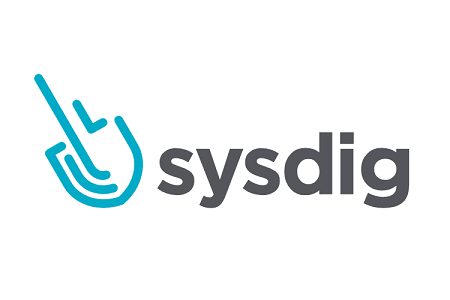Your 5G infrastructure monitoring checklist
5G technology, with its speed 10 times faster than 4G LTE, can help businesses realize many long-held goals, like real-time augmented reality (AR), virtual reality (VR), distributed machine learning within the Internet of Things (IoT), autonomous vehicles, smart cities, edge computing, etc. While 5G technology is imminent and likely to transform the pace of business operations, it will bring scalability challenges along with changes to networking architectures.


